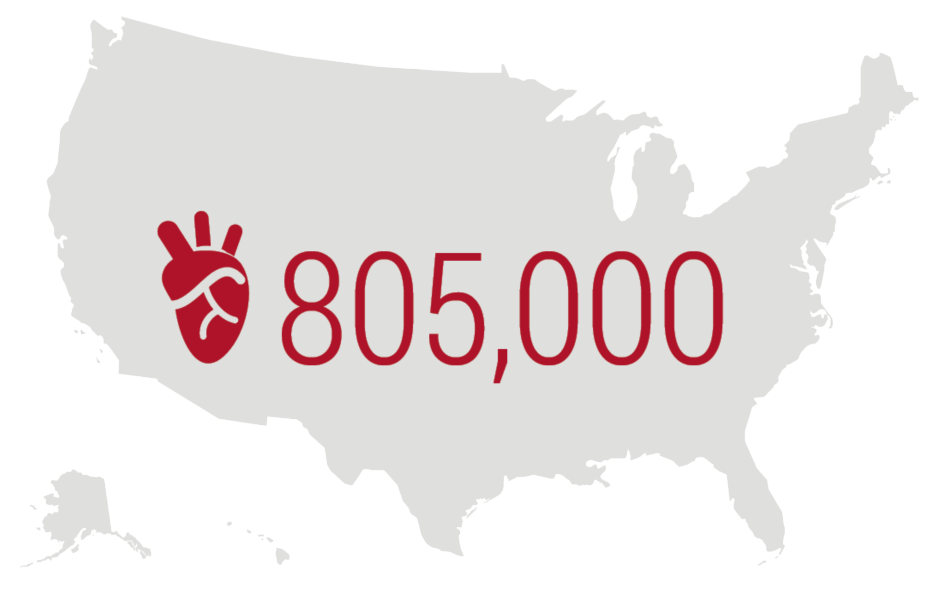Every 33 seconds, one person in the U.S. dies from cardiovascular disease.1
LipoFit by NMR is a competitive alternative to lipid particle analysis tests. High-resolution nuclear magnetic resonance (NMR) technology is used to measure a patient’s lipoprotein particle number and size.
How are lipoprotein particle number and size related to cardiovascular events?
Research studies have demonstrated that individuals with a high number of small low-density lipoprotein (LDL) particles have a greater cardiovascular disease (CVD) risk than those with fewer but larger LDL particles for a given total cholesterol concentration. Even among LDL particles, small dense LDL may be more atherogenic than large LDL.2
$240 billion
Heart disease costs the U.S. approximately $240 billion annually from healthcare services, medications, lost productivity, and other expenses.1
What are the benefits of lipid particle testing at ARUP?
- Testing is performed seven days per week
- Enhanced graphical reports are available for both tests
- Extended refrigerated specimen stability (30 day stability for ARUP test code 2013715)
When to order testing?
Lipid particle analysis testing may be to useful to guide therapy in appropriate high-risk patients with:
- Type 2 diabetes mellitus
- Metabolic syndrome
- Elevated triglycerides

There are 805,000 myocardial infarctions (heart attacks) annually in the United States.1
It is not recommended to routinely order lipid particle analysis as screening tests for cardiovascular disease.
Laboratory Testing at ARUP
Test Name and Code
LipoFit by NMR (2013716)
Methodology: Quantitative Nuclear Magnetic Resonance Spectroscopy/ Quantitative Enzymatic Assay/Detergent Solubilization
Enhanced graphical reports available
LipoFit by NMR, Particle Count Only (2013715)
Methodology: Quantitative Nuclear Magnetic Resonance Spectroscopy
Enhanced graphical reports available
Three Easy Steps for Quality Results
1. Patient fasting is required.
- 12-hour fasting recommended: Elevated triglycerides can interfere with accurate measurements of lipoprotein particle size and number by NMR.
2. Use the appropriate collection tube.
- Greiner Bio-One Clot Activator Tubes (ARUP supply #54325) or plain red top serum tubes (BD or Greiner) are acceptable.
- BD serum separator tubes are not acceptable: Use of incompatible tubes can lead to quantitative interferences and/or inability to report results.
- Tube type compatibility for LipoFit is similar to alternative NMR-based assays.
3. Transfer 4 mL serum to an ARUP Standard Transport Tube (minimum 2 mL required).
References
- U.S. Department of Health and Human Services, Centers for Disease Control and Prevention. Heart disease facts. cdc.gov/heartdisease/facts.htm (Accessed on April 15, 2024).
- Ivanova EA, Myasoedova VA, Melnichenko AA, et al. Small dense low-density lipoprotein as biomarker for atherosclerotic diseases. Oxid Med Cell Longev. 2017;2017:1273042.

















